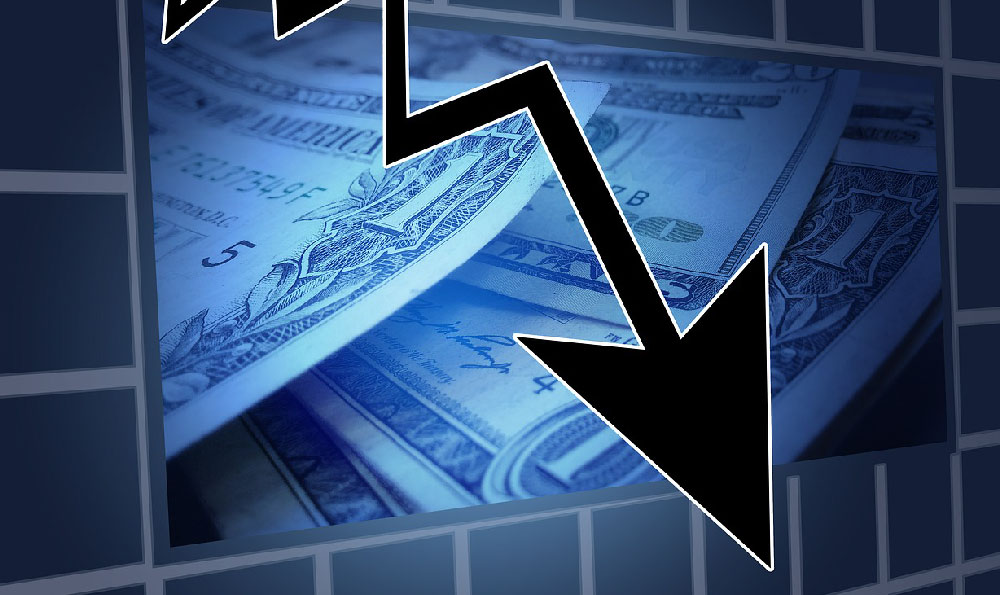What Investment Yields the Most & Is It Worth the Risk?

Okay, here's an article exploring the relationship between investment yields, risk, and whether pursuing the highest yield is a prudent strategy.
The allure of high investment yields is undeniable. The promise of rapid wealth accumulation, early retirement, or simply a more comfortable financial future can be incredibly motivating. However, the pursuit of the highest possible return often comes with a corresponding increase in risk. Understanding this fundamental trade-off is crucial for building a sustainable and responsible investment portfolio.
Before diving into specific investment types, it’s important to define what we mean by “yield.” Yield typically refers to the income generated by an investment relative to its price. For bonds, it's the annual coupon payment divided by the bond's current market price. For stocks, it can be the dividend yield (annual dividends per share divided by the share price) or the earnings yield (earnings per share divided by the share price). However, yield doesn't tell the whole story. It ignores potential capital appreciation or depreciation, which can significantly impact the overall return on investment. A stock with a low dividend yield might experience substantial price appreciation, leading to a much higher total return than a high-yielding but stagnant bond.

Now, let's consider some investment options that often boast higher-than-average yields and the risks associated with them.
High-Yield Bonds (Junk Bonds): These bonds, issued by companies with lower credit ratings, offer higher interest rates to compensate investors for the increased risk of default. The potential for default is the primary concern. If the issuer experiences financial difficulties, they may be unable to make interest payments or repay the principal, leading to significant losses for bondholders. While diversification across a portfolio of high-yield bonds can mitigate some of this risk, the overall risk remains substantially higher than that of investment-grade bonds. Furthermore, high-yield bonds are often more sensitive to economic downturns. During recessions, the risk of default increases, causing their prices to fall more sharply than those of safer bonds.
Emerging Market Stocks and Bonds: Investing in emerging markets can offer the potential for high growth, as these economies often experience faster rates of economic expansion than developed markets. However, emerging markets also come with a unique set of risks. Political instability, currency fluctuations, and regulatory uncertainty can all negatively impact investment returns. Additionally, these markets may be less liquid than developed markets, making it more difficult to buy and sell investments quickly and at favorable prices. The financial reporting and transparency standards might also be less stringent, increasing the risk of fraud or misrepresentation.
Real Estate Investment Trusts (REITs): REITs are companies that own and manage income-producing real estate. They offer investors a way to participate in the real estate market without directly owning properties. REITs typically distribute a significant portion of their income to shareholders in the form of dividends, resulting in relatively high yields. However, REITs are sensitive to changes in interest rates. Rising interest rates can increase borrowing costs for REITs and decrease the value of their properties. Furthermore, the performance of REITs can be affected by economic conditions and local market factors. Occupancy rates, rental income, and property values can all fluctuate, impacting the REIT's profitability and dividend payouts.
Options Trading: Options provide the right, but not the obligation, to buy or sell an underlying asset at a specified price on or before a certain date. Writing covered call options, where you sell options on stock you already own, can generate income. However, options trading is inherently risky. The value of options can fluctuate wildly, and it's possible to lose your entire investment quickly. Options are also complex instruments that require a thorough understanding of market dynamics and risk management. Naive strategies or a misunderstanding of their mechanics can easily lead to substantial losses. Moreover, successful options trading often requires active monitoring and adjustment, which can be time-consuming.
Cryptocurrencies: Cryptocurrencies, such as Bitcoin and Ethereum, have generated significant returns for some investors. The potential for rapid price appreciation has attracted many seeking high yields. However, the cryptocurrency market is extremely volatile and speculative. Prices can fluctuate dramatically in short periods, and it's possible to lose a significant portion or all of your investment. Cryptocurrencies are also subject to regulatory uncertainty and security risks. Exchanges can be hacked, and digital wallets can be compromised, leading to the loss of funds. The lack of regulation and investor protection makes cryptocurrencies a high-risk asset class.
The Question of "Worth": The question of whether the risk is "worth it" is highly subjective and depends on individual circumstances. It’s crucial to consider your risk tolerance, investment time horizon, and financial goals. A young investor with a long time horizon may be able to tolerate more risk than a retiree seeking a stable income stream. Similarly, someone with a large investment portfolio may be able to allocate a small portion to higher-risk, high-yield investments, while someone with limited savings should focus on more conservative options.
A diversified portfolio that includes a mix of asset classes, such as stocks, bonds, and real estate, can help to reduce overall risk. By spreading investments across different asset classes, you can mitigate the impact of any single investment performing poorly. Furthermore, it's important to regularly rebalance your portfolio to maintain your desired asset allocation. As some investments perform better than others, your asset allocation may drift away from your target, requiring you to buy or sell assets to bring it back into alignment.
Finally, don't let the pursuit of high yields blind you to the fundamentals of investing. Thoroughly research any investment before putting your money at risk. Understand the underlying business, the risks involved, and the potential downsides. If something sounds too good to be true, it probably is. Remember, there's no such thing as a risk-free investment with a high yield. A prudent approach to investing involves carefully balancing risk and return, with a focus on long-term growth and financial security. Chasing the highest yield at all costs is a recipe for potential disaster.















